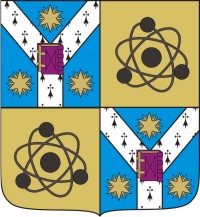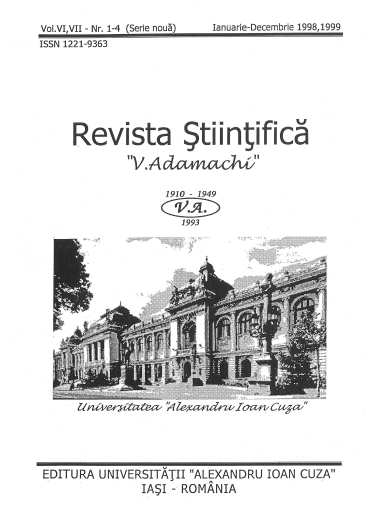 Facultatea de Fizică
Facultatea de Fizică
Universitatea "Al.I.Cuza" Iaşi
|
| Titlu: Observation of controlled optical power damping in gold nanoparticle doped optical waveguides |
| Autori: L. A. Mareș, O. D. Botta, O. Dănilă |
| Afiliere: Faculty of Applied Sciences, University Politehnica of Bucharest, 060082, Bucharest, Romania |
| Abstract: Gold nanoparticles have recently found various uses in high-end physical experiments [1], as a consequence of their chemical and structural
properties. Applications ranging from medical spectral fingerprinting of cancerous cells [2] and identification of chemical and biological properties of certain tissue [3] to high conductive electronic soldering have opened new fields of study and
constant improvement. Of these, the most important effect is considered to be the Surface Plasmon Resonance (SPR), which establishes a direct connection between the chemical structure of a desired substrate and a monochromatic optical field.
The procedure consists of deposing a thin film of gold nanoparticles on the substrate and observing certain differences in the optical pulse as it is backscattered, by reference to the case in which no gold nanoparticle has been deposed. The differences
are mainly a direct cause of partial or total photon absorption, which will provide a frequency-detuned optical pulse. The vibrations of the gold nanoparticle after photon absorption will obtain a new frequency, thus obtaining a so-called surface plasmon. Recently, distinct geometric shapes of gold nanoparticles have been used as a doping agent in optical waveguides in
order to establish new wavelength-dependent amplification devices [4-5]. Depending on the radius of the particle, the optical pulse was amplified almost five times. Furthermore, plasmonic switches have been intensively studied [6-9] and have been presented as a new emerging technology in integrated optical circuits. In this paper, we report the
observation of a controlled damping effect on such switches, which can be used to construct optical buffers for pulse-sensitive devices such as single photon detectors and low optical signal modulators. |
Download link:
|
|
|



